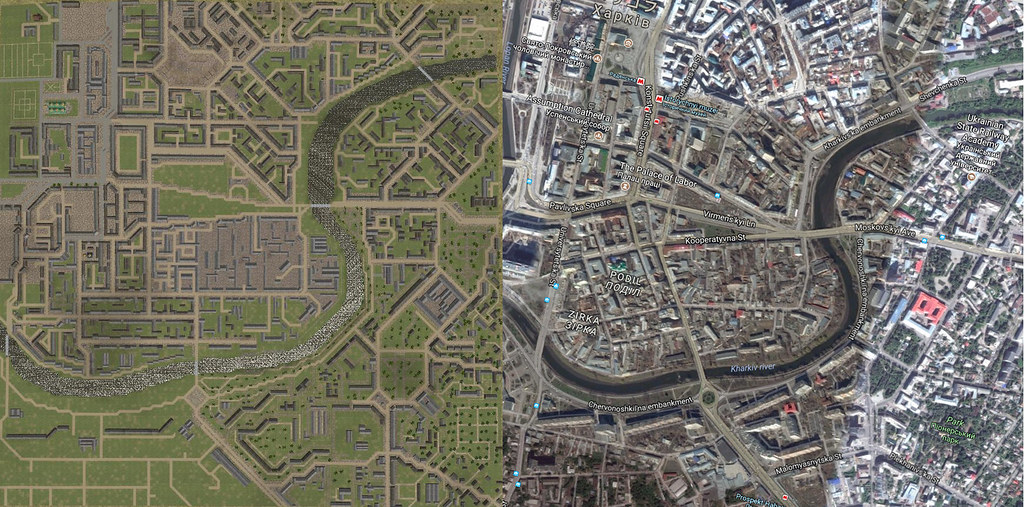

The resulting bounded weak echo region (BWER) extends to middle altitudes in the storm.

The updraft is so strong that cloud droplets do not have time to grow to radar-detectable hydrometeors until they are halfway to storm top. 15) has a dominant influence on the radar reflectivity structure depicted in Figs. The mature supercell's updraft (near the intersection of lines AB and CD in Fig. Although capable of inflicting some light damage, this vortex is not to be confused with the destructive tornado that forms within the storm's main rotating updraft.

The presence of a vortex is indicated by a dust whirl on the ground beneath the flanking line. At times, the nonrotating updraft within one of the developing clouds concentrates the vertical component of vorticity (hereafter referred to as vertical vorticity) produced by horizontal wind shear across the gust front, and a localized, short-lived vortex (known as a “gustnado”) is generated. Ĭlouds that form along the storm's gust front grow in height and size as they move toward and merge with the body of the storm this feature is called a flanking line ( Fig. The overshooting top (O) and multiple flanking lines (F's) at the rear of the storm are indicated. The satellite viewed the storm from the southwest from a position over the equator at 135°W longitude. GOES-West satellite visual image of the supercell thunderstorm that produced the Wichita Falls, Texas, tornado during the afternoon of April 10, 1979. Most of the “cloud-to-ground” lightning occurs within the precipitation region, but occasionally a lightning channel will exit the cloud at middle altitudes and descend to the ground in the clear air (producing an especially dangerous situation for unsuspecting humans).įIGURE 14. The main precipitation area consisting of rain and hail is found ahead (typically northeast) and to the left (typically northwest) of the updraft. If a tornado occurs, it forms within the updraft and first becomes visible to the observer when it descends from the rotating wall cloud or perhaps as a near-ground cloud of debris prior to the development of the characteristic funnel of condensed water vapor. 14), and by the lowering of the cloud base in the form of a “wall cloud” that marks where moist air is converging into the base of the rotating updraft. The presence of a strong updraft is indicated both by the “overshooting” cloud top, which may extend several kilometers above the tropopause and which is visible above the expanding anvil (see Fig. 13, a schematic representation of what may be viewed by an observer a considerable distance southeast of the storm. Visual characteristics of a supercell storm are depicted in Fig. Additionally, strong updrafts lead to strong precipitation-driven downdrafts, which can in turn lead to damaging surface winds. The rotating updraft also is, in varying degrees, responsible for the conditions required for the growth of large hail, the buildup of electric charge that leads to lightning, and the genesis of long-lived, strong to violent tornadoes. Significant rotation (about a vertical axis) at middle altitudes is responsible for the storm's long life (typically several hours) and deviant motion to the right of the mean tropospheric environmental wind. Unlike the multicell storm, a supercell is distinguished by a strong, long-lived, rotating updraft.

The interaction between a strong updraft and strongly sheared environmental winds yields a type of storm that outwardly does not resemble a multicell storm, though the basic physical processes are the same. The range of combined vertical shear and buoyancy values that support most supercells is relatively small: 10 < Ri < 40 (see Fig. CAPE values of ∼2500 m 2 sec −2 or larger are common in such an environment and suggest the potential for strong updrafts (30–50 m sec −1 or more). The thermodynamic environment of supercells is typified by the temperature and humidity profiles in Fig. Supercell thunderstorms typically develop in a strongly sheared (e.g., 0- to 6-km shear vector magnitude of ∼30 m sec −1) environment like those illustrated in Figs. R.Jeffrey Trapp, in Encyclopedia of Physical Science and Technology (Third Edition), 2003 IV.C Supercell Thunderstorms


 0 kommentar(er)
0 kommentar(er)
